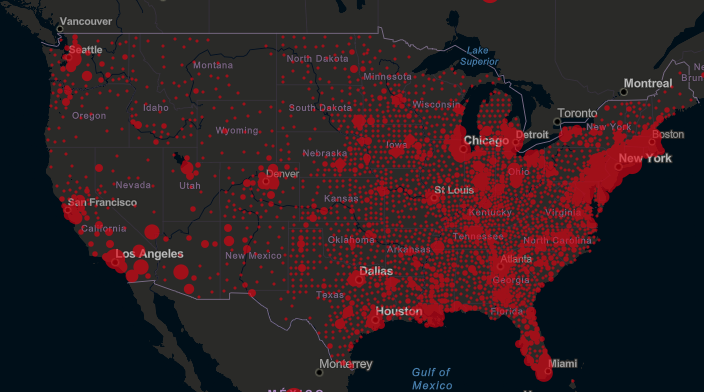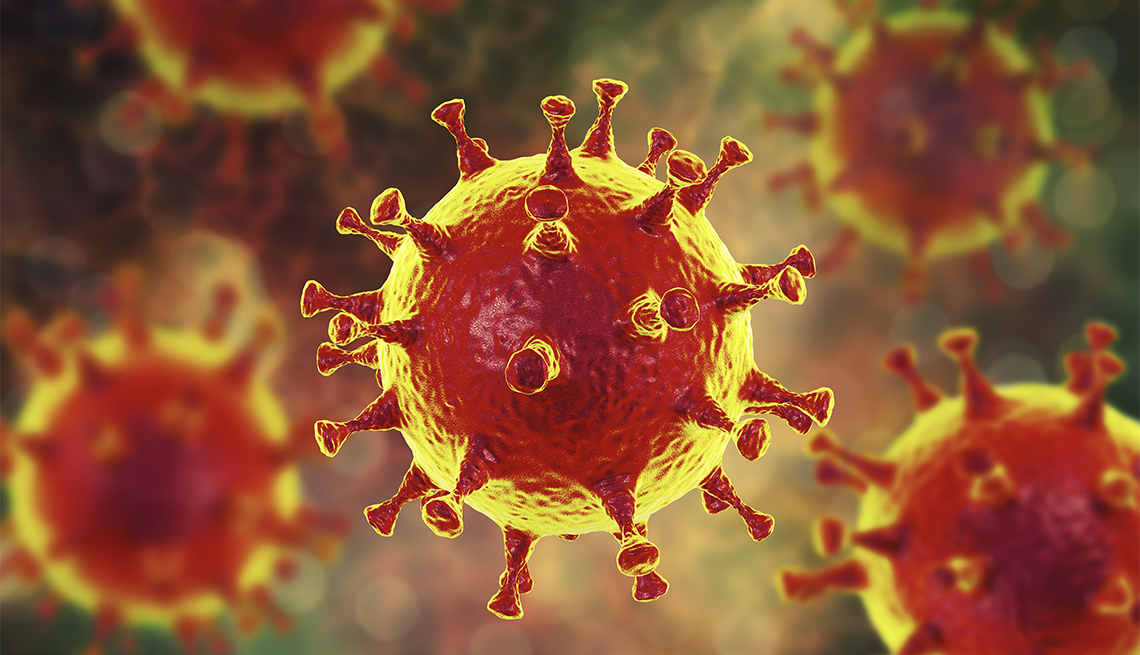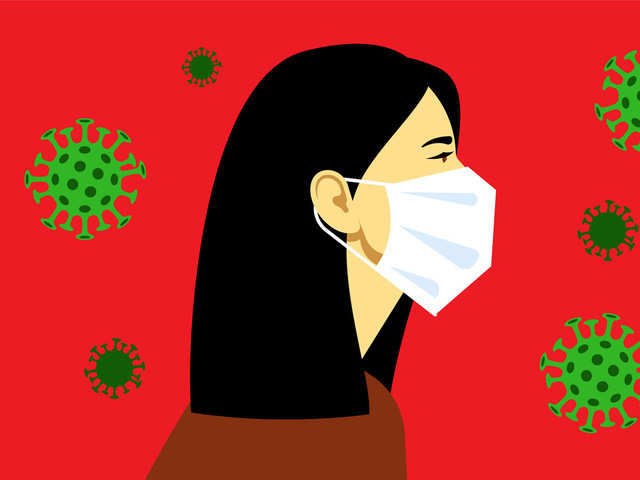4 Job Tips During Corona
Most HR departments and managers are just getting everyone up to speed on the logistics and daily routines of a fully remote workforce so it might be difficult to reach people in the first few weeks of the transition, says Kathleen Landers, executive director of SEQUENCE Counseling and Consulting Services in Silver Spring, MD. Plus, “people have a lot of concerns—they might have elderly parents, relatives in other countries, young children to take care of, even their own health issues.”
Be prepared for job openings to be put on hold or disappear, even if they’ve been open for a while. That doesn’t mean they won’t open up again in a few months. Landers admits she herself was getting ready to hire someone but decided to put that on hold for a few weeks. “If I can tell my business will maintain the same level of income and consumers will still want the product, then I will move ahead,” she says.
With all that said, you can still be actively working on your job search. These tips will help you navigate the process during the pandemic and the accompanying economic slowdown.

A. Think Your Urgency
If you can afford to put your job search on hold, you may want to wait it out, Landers says, because it could be challenging to get on a hiring manager’s radar right now. “If you’re currently employed, think about how to make your job more palatable,” says Nancy Halpern, founder of Political IQ, a Manhattan-based leadership-consulting firm focused on developing emotional intelligence. “If you’re not employed, don’t think of your next job as the perfect job. It might be short term.”

While many industries have and will continue to be hit hard by the COVID-19 pandemic, others are still hiring. If you’re unemployed and need a stopgap, consider looking there or wherever else you can find an opportunity that makes sense for you—and pays the rent and puts food on the table—in the meantime.
B. Get Suitable Networking Online
Events will be cancelled for a while, so you’ll need to find a new networking strategy. Seek out like-minded professionals online and ask about virtual events, Halpern says.
Look for professional groups to join on Facebook and LinkedIn. Both platforms offer a wide range of options with groups for every profession. For instance, if you’re looking for a job in marketing, you could join LinkedIn’s Global Marketing and Communications Professionals group. “Join in the conversation, post and comment, and make yourself visible,” Halpern says. Just be sure to keep the conversation professional by posting relevant articles and chiming in on topics that allow you to demonstrate your expertise.
Get ready to ace a virtual informational interview or networking chat by practicing with a friend, says Laura Labovich, CEO of The Career Strategy Group in Bethesda, MD. Have your friend ask questions and give you feedback on your delivery. Make sure you know how to angle the camera so the person you’re meeting with can see your entire face, not just your forehead or your left eye. Once you’ve mastered the technology, invite professional contacts to meet for a virtual coffee.
C. Stay In Connection
Maybe you recently had a promising interview and a job offer seemed to be on the horizon, but now the company has moved to remote work and you haven’t heard from the hiring manager. What should you do? Check in with the hiring manager by email, acknowledging that they might be scrambling to help their employees get used to the new setup, Moser says.
For instance, your email could say: “I’m looking forward to learning more when it makes sense for your organization.” This conveys that you know this is an extraordinary circumstance and acknowledges that this isn’t easy for people, she says.
Make sure you also demonstrate a thoughtful attitude. Rather than asking them to help you, ask if there is anything you can assist them with, Moser says. The idea is to connect with people on a human level, she says. Let’s say you’re contacting someone you’ve networked with in the past. Your email can simply say: “I wanted to reach out to see if there’s anything I can do for you. You’ve been so generous with your time, I want to return the favor if I can.” If you have a specific skill a hiring manager might be able to tap into, mention it. You might say: “Given that I’ve led virtual teams, I might have some ideas to share on how to keep your employees feeling connected when they’re not in the office.”
“Networking should be driven by what the company needs and how it matches up with your superpower,” Moser says. “It’s also an opportunity to demonstrate what type of employee you would be.”
And find other ways to stay top of mind in addition to email. For instance, connect with the hiring manager on LinkedIn and, if they post a status, comment on it, Labovich says. If the hiring manager posts a company report or press release, make a comment that illustrates you read it and have valuable insight to contribute. Pretend you’re giving them a preview of what you’d add to the team if you worked there.
D. Gather Intel
The COVID-19 crisis can provide a unique glimpse into company culture. Take note of how leadership deals with this emergency and treats its employees by following the company on social media and watching for any media coverage, says Heidi Parsont, CEO and founder of TorchLight Hire in Alexandria, VA. For instance, is the company allowing employees to work from home? Are they supporting workers in other creative ways? Did they lay off staff?
Set up Google alerts for the companies you want to work for and listen to investor calls, Labovich says. When you do have a chance to interview, you’ll be able to demonstrate that you understand the concerns leadership has and the threats the company faces from this pandemic, she says. You can mention what you read and listened to and use your specific knowledge to drive home how you could help the company achieve its goals if hired.
E. Use the Time to Reflection
Job seekers often jump at the first available opportunity or go into their search without fully considering what they want to do next. Take advantage of the slowing job market by getting clarity about where you want to work and the type of role and title you're seeking.
Create a one-page document that lists your target industry, companies, job titles, and anything in particular you’re looking for, Labovich says. It goes without saying that you should apply to every posting you see that hits some or all of your criteria. But beyond job openings, you can also focus on which companies you want to work for and who you can reach out to at those companies. (The company might not have an open role yet but you can use your network to help you start making connections now.)
Be prepared to think about your role more broadly and possibly pivot to an adjacent position that would also make use of your experience and skills. For instance, you might have been targeting a marketing role but with fewer people spending money, the company might be more inclined to hire someone for a communications role during this crisis. “Play the long game,” Lander says. “There is a lot of shifting going on right now.”
Conclusion
Now is the perfect time to work on bolstering your qualifications, Moser says. Analyze job descriptions by listing each required skill and experience. Then consider whether you have that exact skill, if you have the skill but haven’t used it in a few years, or if you’re lacking the skill entirely. Use that information to determine what you need to brush up on to make yourself an even better candidate when the job market picks up again.
For instance, if you’re applying for social media or marketing specialist positions, the listing will likely require experience with Google Analytics and Hootsuite. Being certified in either or both would make your resume stand out.
for more detail, visit-

















